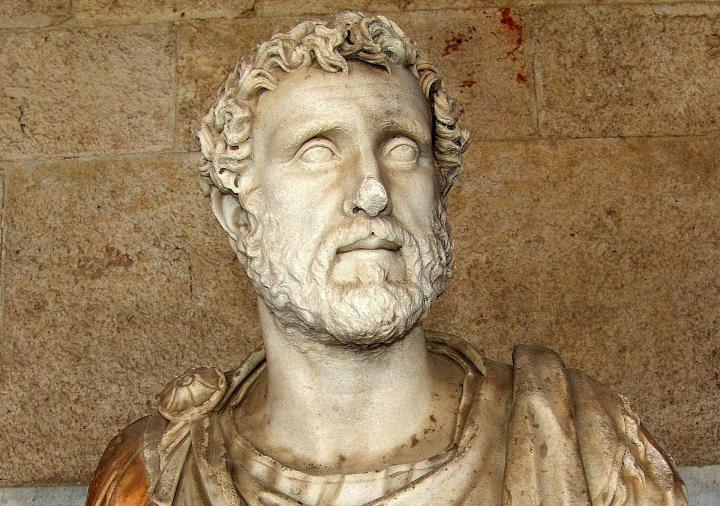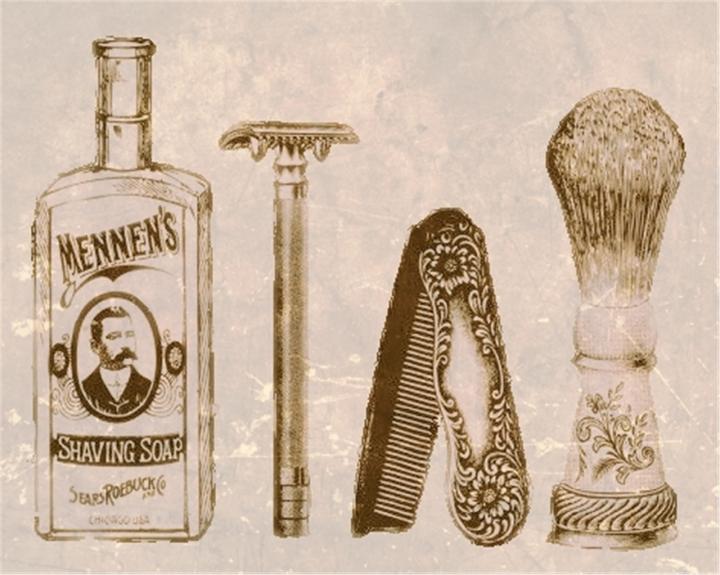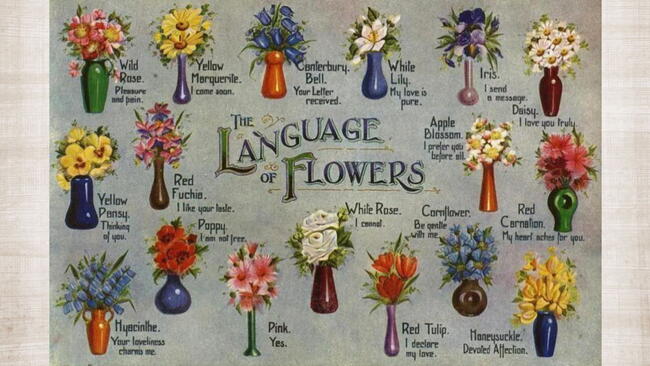Primary Image

Photo Credit
Nejron/Shutterstock
Why did men start shaving their beards?
More Like This
My Dad grew a beard in the mid 70's. He was a huge fan of Waylon Jennings and the new 'outlaw' County music genre. Honestly, he had such a long thin face, his beard suited him well. However, our Grandmother, his mother was absolutely appalled at his facial hair! She was rather soft spoken so her response was to not look at him, even if he was sitting within a few feet. I remember distinctly, her sitting in our living room across from Dad, but looking only towards Mom in the kitchen. I never knew why she disliked his beard so very much. I do remember VERY few men with beards even though I grew up in rural Arkansas. My one and only brother has had a full beard for most of the last 25 years. A recent accident caused him to have to shave it off, but without it a defining beard...he has no chin. DNA strikes again!!
Just a note about the Amish: While it's true that married Amish men have beards, they do shave every day as mustaches are not allowed.
Very interesting. Personally, after having to shave in the desert or high arctic regardless, I swore I would throw my razor out the window when I retired from military life. I did. As for harbouring lice. Every spring I go to the Vet to get chewable tablets for my dog against ticks, flees etc: . We share.
You should check with your doctor before consuming products meant for animal ingestion. Our digestive systems are remarkably different. Wishing you good health.
What a wonderfully informative article - many thanks!
A colleague of mine never ceases to remind me how much of his life he saves by not shaving on a daily basis.
As an engineer, I have to remain clean-shaven in case circumstances require me to wear a respirator or breathing apparatus. Yet at refineries in the Middle-East no such restrictions are imposed, since most of our Muslim friends are bearded. However, I was once roundly told off on such a site for wearing my neck-tie - albeit beneath two layers of coveralls.
I understand that three words have found their way into English from Basque: 'anchovy', which readers here will all know; 'Jingo' - as in 'by Jingo' - a reference to the Basque Deity; and 'bizarre' - meaning 'bearded' - thus differentiating the clean-shaven Basques from their elegantly hirsute Spanish neighbours.
Isn't it great that we are all different!
Beards still get a bad name from folks who are over age 50 in the USA. I wonder if it's in part because of stinky hippies from the 70s and Communism leaders from the 50s.
Thankfully in 2021, I see more men realizing they don't have to conform to look like a prepubescent boy of the Roman's flavor. Facial hair and hygiene can go hand in hand. Men look good with neatly trimmed facial hair. I dare say, it's great to see men trying different facial hair styles! It's okay to grow up and be a man.
This article is interesting, although it does not include many cultures, including Native American and African cultures, actually all 'pre-European contact' cultures. Perhaps a topic for a future article!
My son just shaved his beard off so that his face mask would have a better fit. Another reason to go beardless for the history books - Coronavirus 2020.
This is a great detailed list of the process of shaving, but what about the creams and foams that were used at the same time? My interest stems from the fact that we are producing scents of certain periods, and I am currently working on the period around WW1. I would be fascinated to hear from anyone who can help with the main ingredients used in shaving foam/soap of that time.
My grandfather was born in 1908. As as child, I remember him using his shaving brush to mix “shaving powder” and warm/hot water in his shaving bowl (the bowl that accompanied the shaving brush) to mix the powder into a shaving cream. He would then lap his straight edged razor on a leather strap a few times and begin to shave. Around 1968, I recall him switching to a different razor that had a replaceable single edged blade. Cuts from shaving were occasional. I hope this helps. :-)
- « Previous
- 1
- 2
- …
- 10
- Next »











Comments